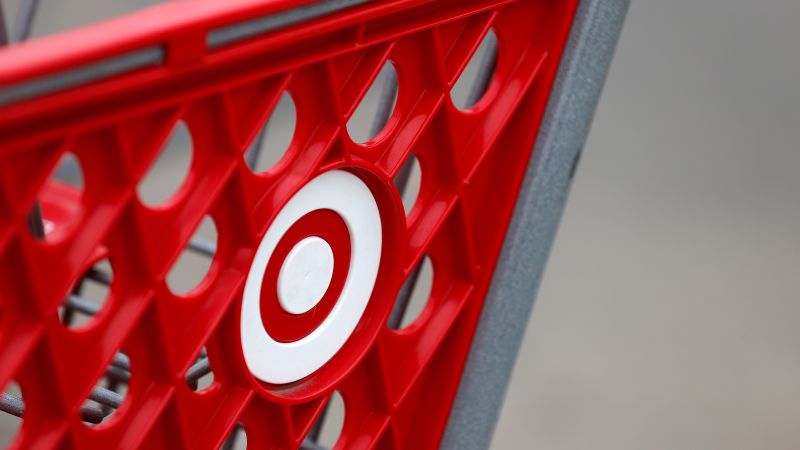Target, known for its cheap and stylish merchandise, has been facing challenges as prices have surged in recent years, leading to a decline in sales. The company reported a 3.7% drop in sales at stores open for at least one year during its latest quarter, marking the fourth consecutive quarter of sales declines. Sales have primarily dropped in discretionary categories as customers focus on necessary items rather than non-essential goods.
Target’s core middle-class customer base has been strained by higher prices, causing them to cut back on discretionary items like home decor, electronics, and clothing in favor of groceries and everyday essentials. The company’s merchandise mix and higher prices compared to rivals like Walmart have also contributed to its sales decline. While Target stocks more non-essential merchandise compared to Walmart and Costco, it is working to increase its food and essentials offerings to align more closely with customer needs.
In an effort to attract back shoppers, Target has taken steps to cut prices on key items and introduce its own brands. The company has reduced prices on over 1,500 popular items and launched a new house brand called Dealworthy to compete with dollar stores and Walmart. The budget-friendly lineup includes a range of products from phone chargers to disposable plates and even underwear.
Walmart, on the other hand, has seen an increase in sales by offering a wider selection of groceries and emphasizing low prices. Target’s recent efforts to lower prices and focus on essential items reflect a shift in strategy to meet consumer demands during a time of economic uncertainty. By adjusting its merchandise mix and pricing strategy, Target hopes to regain the confidence of its customers and improve its sales performance in the future.
As a bellwether for consumer spending habits and the retail sector, Target’s performance is closely watched as an indicator of economic trends. The company’s struggles in recent quarters highlight the challenges faced by retailers in a changing market environment. By adapting its offerings and prices to meet shifting consumer preferences, Target aims to position itself for success in an increasingly competitive retail landscape.
Overall, Target’s recent sales decline underscores the impact of inflation on consumer behavior and the need for retailers to adapt to changing market conditions. Through initiatives like price cuts and new brand introductions, Target is working to re-engage customers and drive sales growth. Ultimately, the company’s ability to navigate these challenges and meet evolving consumer needs will determine its future success in the retail industry.


